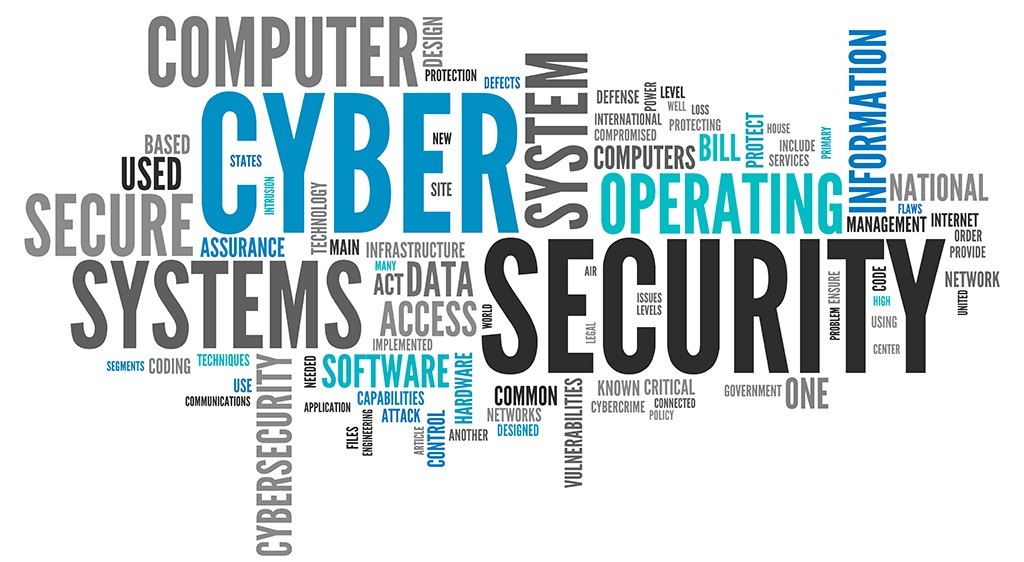Conducting a cybersecurity risk assessment is a critical step in protecting your organization’s information systems and data.
Here’s a step-by-step guide on how to conduct a cybersecurity risk assessment:

1. Define the Scope
- Identify the scope of the risk assessment, including the assets, systems, and processes to be assessed.
- Determine the goals and objectives of the risk assessment.
2. Identify Assets
- Identify and prioritize the organization’s assets, including hardware, software, data, and personnel.
- Determine the value and criticality of each asset to the organization.
3. Identify Threats
- Identify potential threats that could exploit vulnerabilities in the organization’s assets.
- Consider both internal and external threats, including malicious actors, natural disasters, and technical failures.
4. Assess Vulnerabilities
- Identify and assess vulnerabilities that could be exploited by threats.
- Consider both technical vulnerabilities (e.g., software vulnerabilities) and non-technical vulnerabilities (e.g., human error).
5. Determine Risk Level
- Analyze the impact and likelihood of identified risks.
- Use a risk matrix or similar tool to determine the risk level for each identified risk.
6. Prioritize Risks
- Prioritize risks based on their impact and likelihood, focusing on high-priority risks that require immediate attention.
7. Develop Risk Mitigation Strategies
- Develop strategies to mitigate identified risks effectively.
- Consider a combination of technical, administrative, and physical controls to mitigate risks.
8. Implement and Monitor
- Implement risk mitigation strategies and monitor their effectiveness.
- Regularly review and update the risk assessment to address new threats and vulnerabilities.
Best Practices
- Involve stakeholders from across the organization in the risk assessment process.
- Use a systematic and structured approach to identify, assess, and mitigate risks.
- Keep the risk assessment up to date by regularly reviewing and updating it.
- Consider using external resources, such as cybersecurity consultants, to conduct the risk assessment.
By following these steps and best practices, you can conduct a comprehensive cybersecurity risk assessment to protect your organization from cyber threats.


